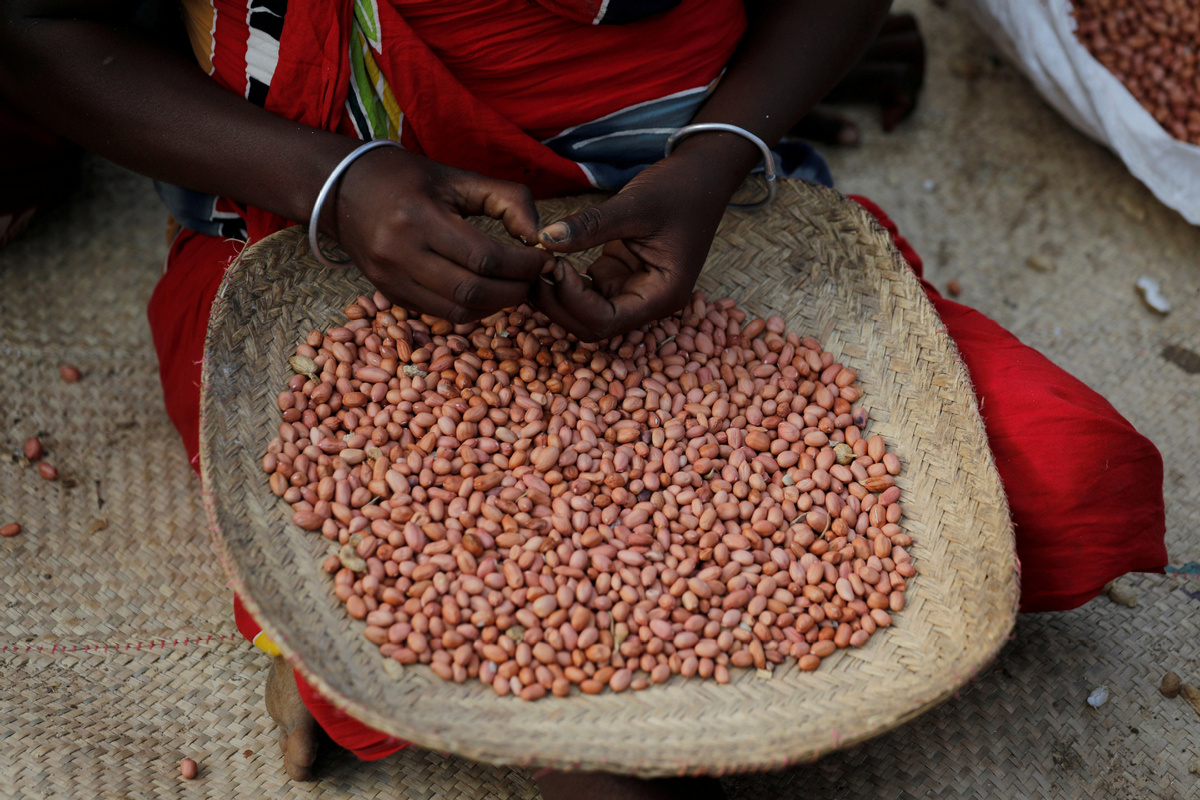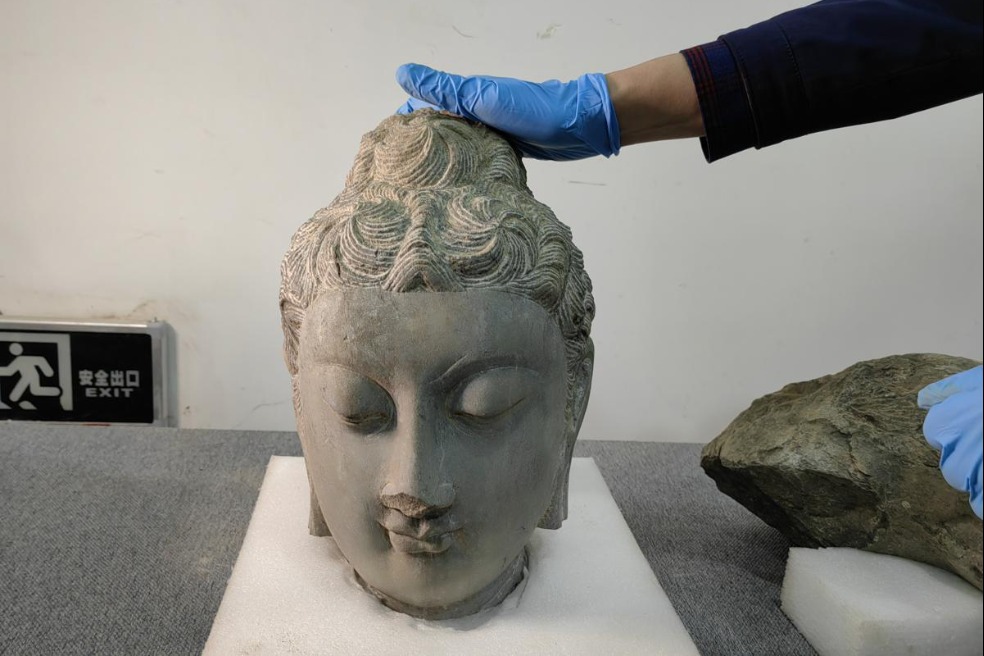Southern Madagascar faces hunger catastrophe
By Edith Mutethya in Nairobi, Kenya | chinadaily.com.cn | Updated: 2020-12-01 16:54

Southern Madagascar is in the grip of a humanitarian catastrophe, with 1.5 million people, almost half of the region's population, in need of immediate emergency food assistance, the World Food Programme has warned.
The alarming situation follows three consecutive years of drought that have hampered people's access to food, coupled with the coronavirus pandemic that has negatively impacted the economy.
According to WFP, 10 districts are the hardest hit, of which Amboasary is the epicenter, with families living on raw mangoes and tamarinds as their only source of food.
The situation is worse on mothers who are unable to breastfeed due to hunger. They are forced to give their infants water, which is in scarce supply.
This is despite the World Health Organization's recommendation mothers should exclusively breastfeed infants for the first six months to achieve optimal growth, development and health.
An assessment by the UN agency in Amboasary last month found three out of four children had quit school to help their parents forage for food.
"The situation in the south demands an urgent response. People are left with nothing to eat and we must support them before it is too late. But for that to happen, urgent support from donors is needed now," said Moumini Ouedraogo, WFP representative in Madagascar, in a statement Monday.
The UN agency is in need of $37.5 million to expand its response and prevent child malnutrition rates.
Madagascar has the fifth-highest chronic malnutrition rate in the world, standing at 47 percent, with one out of two children being chronically malnourished according to the United Nations' Children's Fund.
"Families across these drought-afflicted areas are adopting desperate measures simply to survive, like selling precious belongings such as cattle, farm tools and kitchen utensils," Ouedraogo said.
In October, the UN agency began dispatching lentils, sorghum, fortified oil and rice for 320,000 severely food-insecure people in the 10 hardest-hit districts, with hot meals for malnourished children and the elderly in Amboasary. However, the program has been hampered by funding gaps.
The UN agency is targeting 891,000 people by June next year through its program of food and cash distribution, as well as malnutrition prevention.
It also plans to roll out emergency school feeding so children can continue studying, an essential key to a better future.
Despite being rich in natural resources, Madagascar is among the poorest countries in the world, with around 75 percent of the population living below the international poverty rate of less than $1.90 a day, according to World Bank statistics.
The fourth-largest island in the world, it has a wide variety of natural resources like graphite, chromite, coal bauxite, salt quartz, tar sands, semiprecious stones, mica, fish and hydropower.
However, the economy remains largely dependent on the export of agricultural products like coffee, vanilla, sugar and cotton cloth, instead of employing the country's natural resources as a source of consistent economic growth, the United Nations said.
The country is also famous for its biodiversity, boasting high rates of endemic species.
According to Frontier, a non-profit conservation and development non-governmental organization, of more than 200,000 known species found in Madagascar, over 90 percent exist nowhere else.
Additionally, the island country hosts over 300 species of frogs and 100 types of lemurs.
However, Madagascar is one of the African countries most severely affected by climate change and experiences an average of three cyclones per year, according to the World Bank.
Together with international partners, the government is currently committed to mitigating climate change as well as reducing climate change vulnerability and promoting adaptation measures.
Prior to the coronavirus pandemic, the country's situation was improving following the return of constitutional order and peaceful political transition in the last elections held in 2018.
In 2019, the country's growth reached 4.8 percent, its fastest pace in over a decade.
























